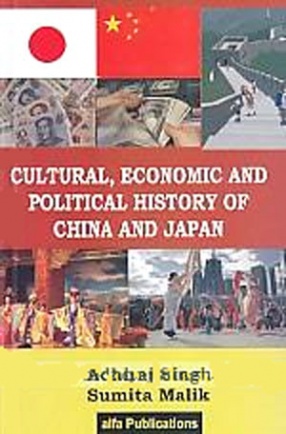Cultural, Economic and Political History of China and Japan
Traditional Chinese culture covers large geographical territories with each region is usually divided into distinct sub-cultures. Until 1700 China's material culture had been unrivalled, its standard of living was among the best in the world, and inventions flowed more commonly from east to west than vice versa. The song dynasty was a culturally rich period for philosophy and the arts. Various dynasties also expanded into peripheral territories like inner Mongolia, Manchuria, Xinjiang, and Tibet. China was for a large part of the last two millennia the world's largest economy. For centuries, religious and social advancement in China could be achieved through high performance on the imperial examinations. Chinese philosophers, writers and poets were highly respected and played key roles in preserving and promoting the culture of the empire.
Japanese history begins in approximately A.D. 400, when the Yamato clan, eventually based in Kyoto, managed to gain control of other family groups in central and western Japan. Contact with Korea introduced Buddhism to Japan at about this time. Through the 700s Japan was much influenced by China, and the Yamato clan set up an imperial court similar to that of China. Japan quickly made the transition from a medieval to a modern power. During the Meiji period from 1868, Japan expanded economically with the embrace of the market economy. Many of today's enterprise were founded at the time, and Japan emerged as the most developed national in Asia. The culture of Japan has evolved greatly over millennia, from the country's prehistoric Jomon culture to its contemporary hybrid culture, which combines influences from Asia, Europe and North America.
Get it now and save 10%
BECOME A MEMBER










Bibliographic information
Sumita Malik
Tags